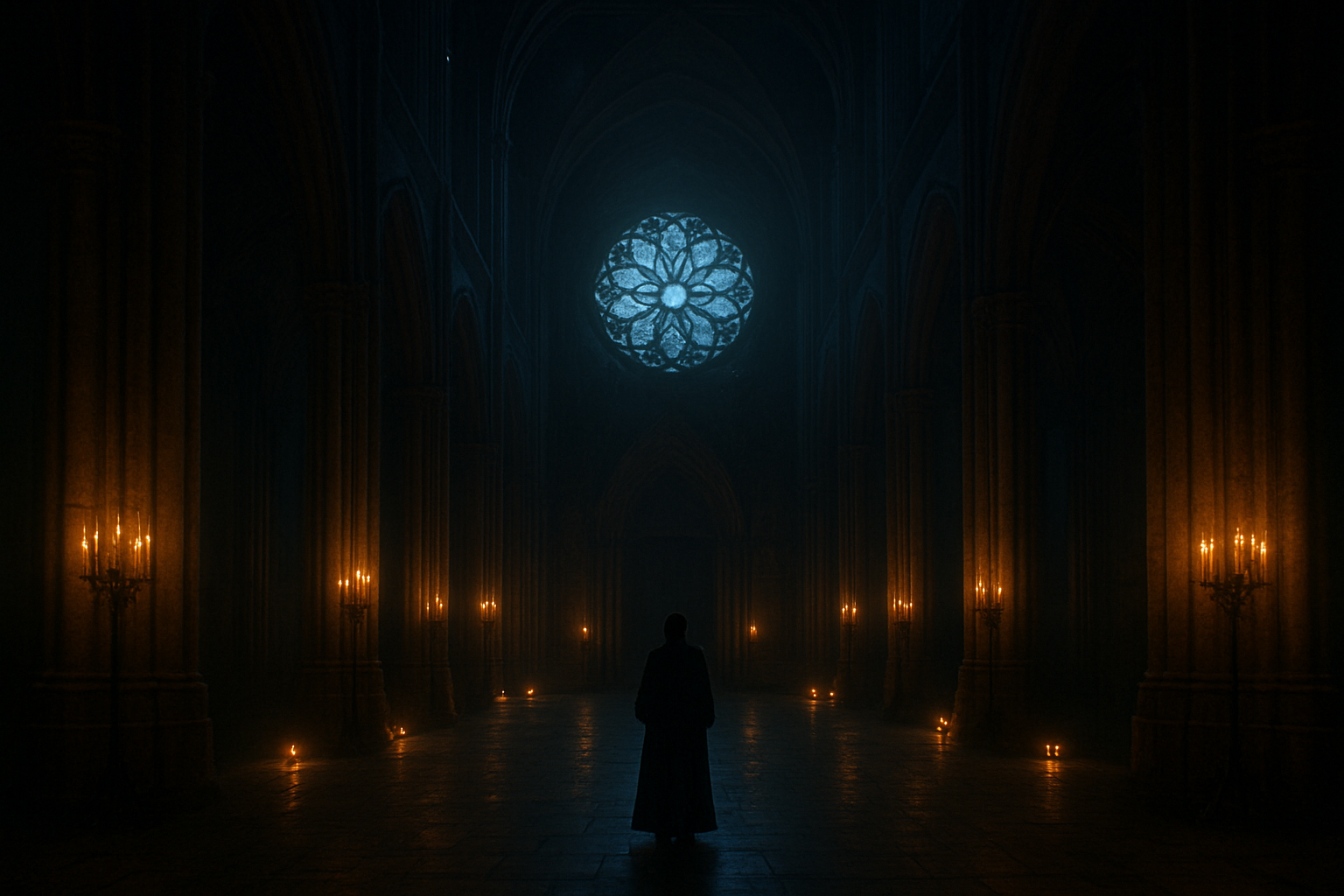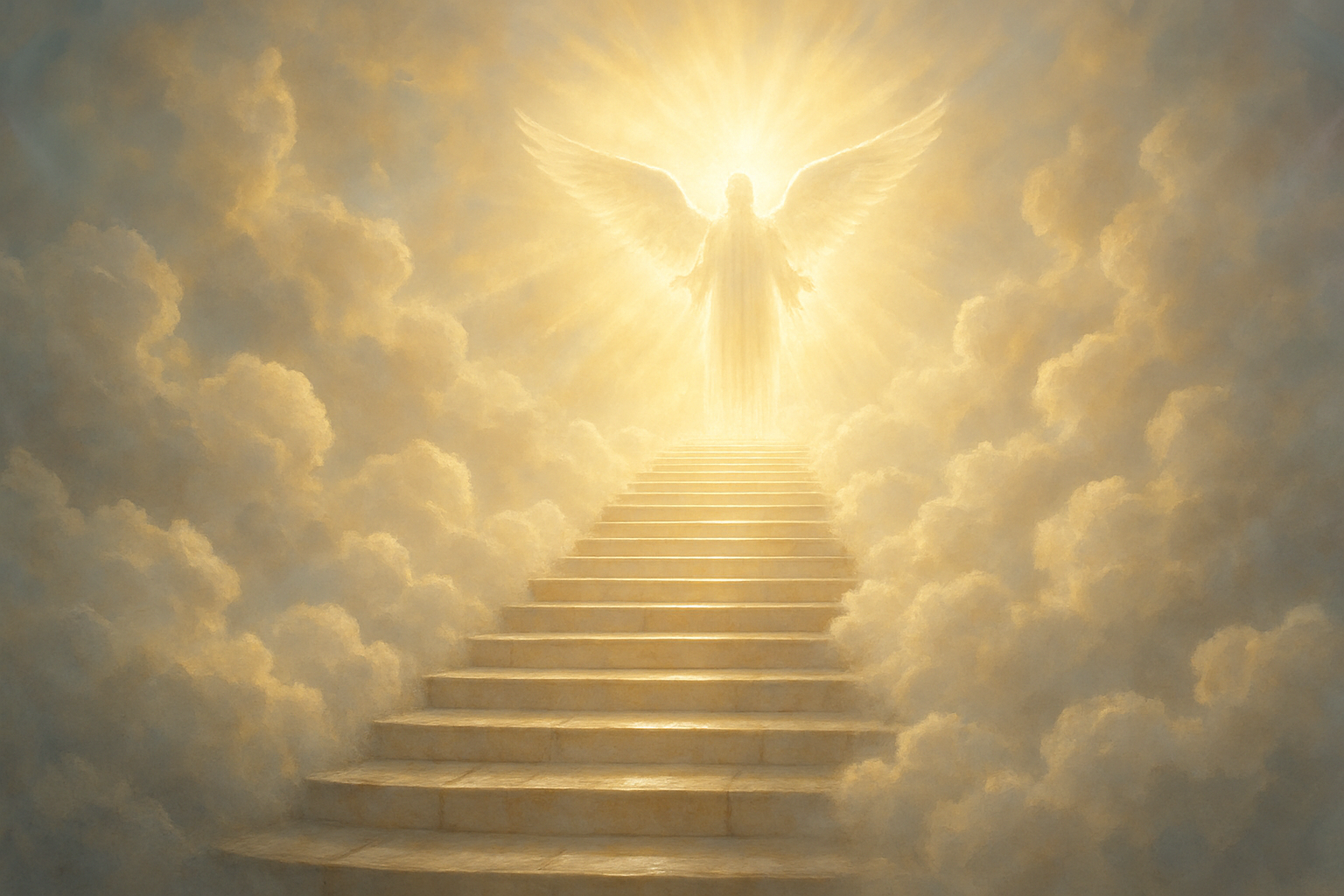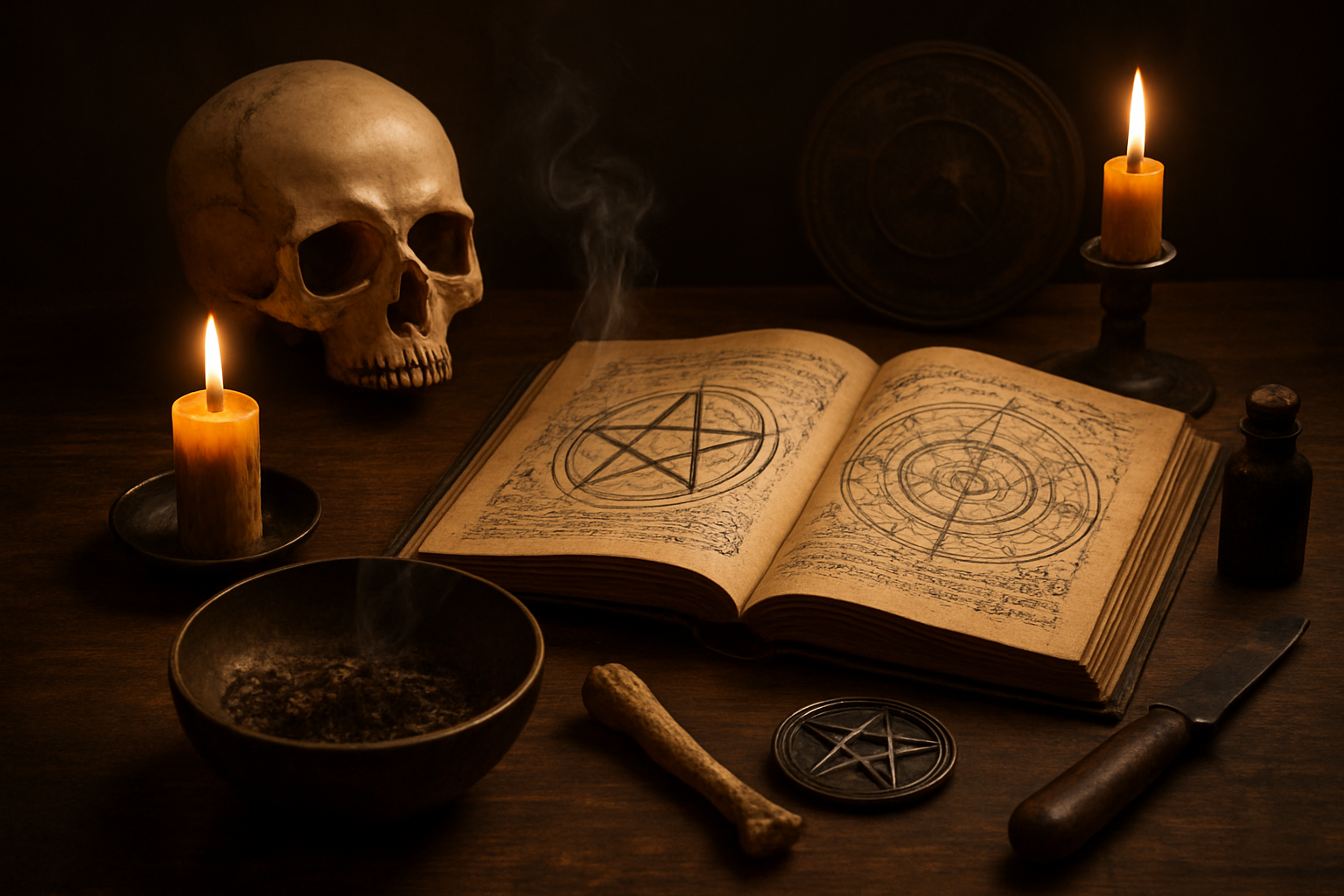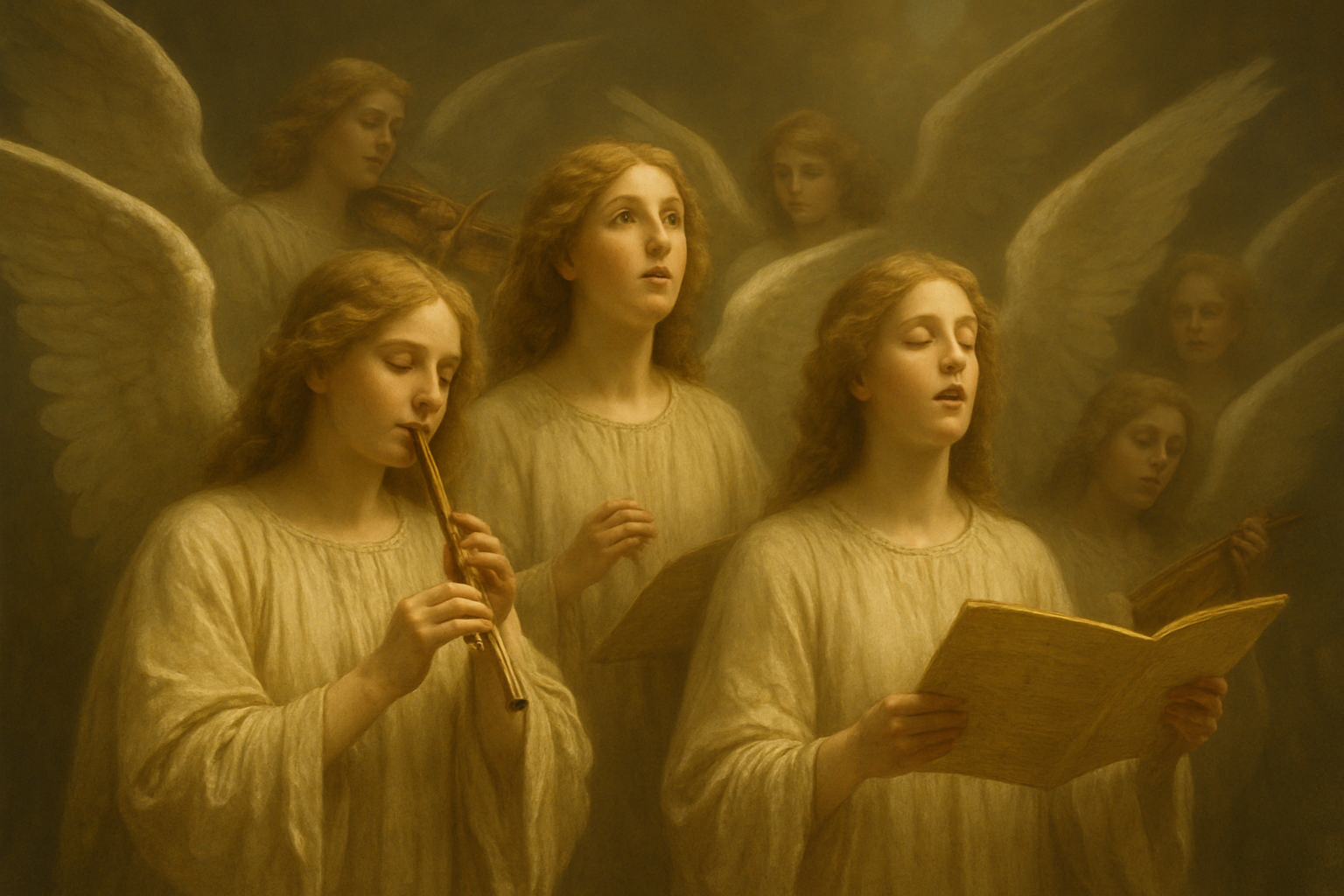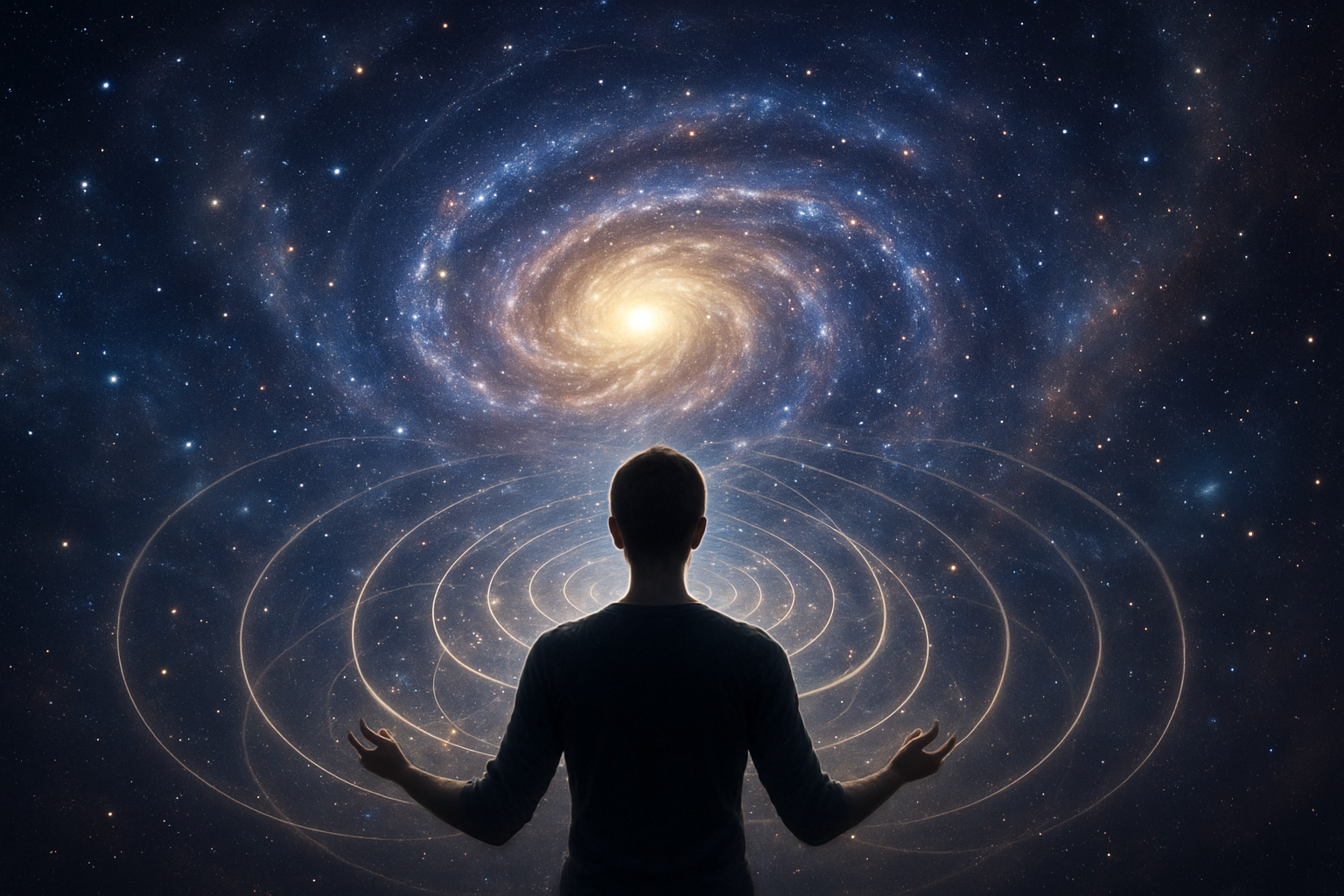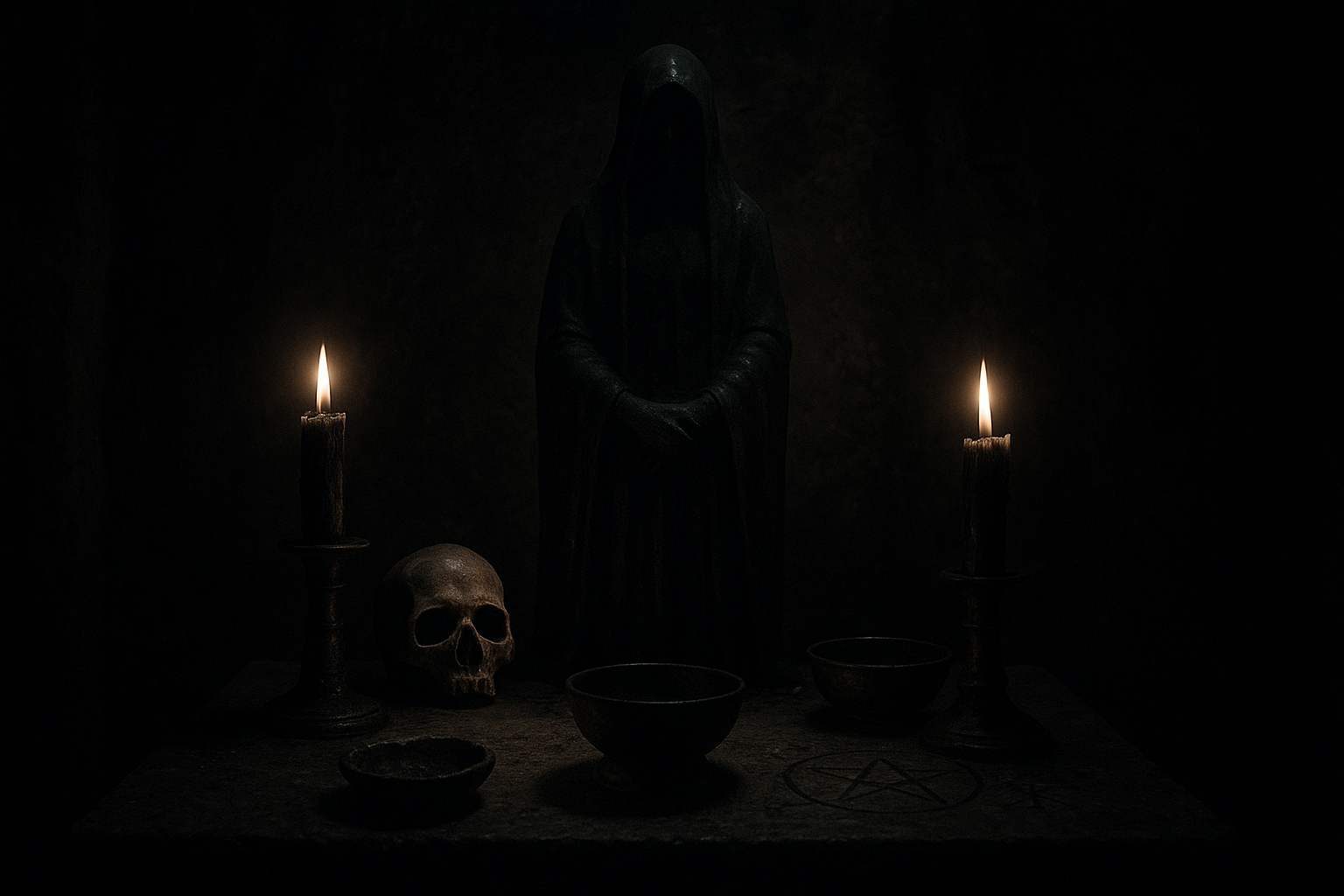Nocturnal Cathedrals: Petit Mort as Spiritual Passage
The intertwining of human experience with metaphysical understanding has long intrigued philosophers, artists, and theologians alike. Among the many aspects of life that provoke such contemplation, the concept of the petit mort, or “little death,” provides a captivating lens through which to explore the elusive boundaries between the corporeal and the spiritual. This article delves into the idea of the petit mort as a spiritual passage, one that echoes like the quiet resonance of a cathedral enveloped in the night.
Origins and Meaning of Petit Mort
The term petit mort is of French origin, most commonly used to describe the post-orgasmic state, a moment of emptiness that follows intense pleasure. The phrase suggests more than just physical culmination; it hints at a deeper moment of transcendence where consciousness flickers between life and the contemplative finality of death. As Ernest Hemingway observed in his writings, “All thinking men are atheists.” Yet, even in this existential absence, the petit mort surfaces as a quasi-spiritual passage—a metaphorical death that mirrors surrender and release.
Exploration through Art and Literature
Art and literature have long sought to capture the ethereal nature of the petit mort. In works such as Gustav Klimt’s paintings, the aesthetic expression of intertwining bodies and the use of gold leaf evoke both the tactile pleasure of human connection and an otherworldly transcendence. Similarly, in literature, writers like D.H. Lawrence have captured the petit mort in his novel Lady Chatterley’s Lover, addressing how physical intimacy transcends mere gratification to touch upon elements of spiritual awakening and personal transformation.
Nocturnal Cathedrals: The Symbolism of Sacred Spaces
The imagery of “nocturnal cathedrals” conjures visions of shadowy grandeur, silent halls, and soaring spires reaching toward the infinite. These structures symbolize the contemplation and sanctuary one finds within oneself during moments of internal or literal darkness. Like the mystical silence filling a cathedral at night, the petit mort allows a fleeting yet profound silent communion with the self—a temporal void where body and spirit align in shared mystery.
Philosophical and Theological Reflections
“The nearer the dawn, the darker the night.” —Henry Wadsworth Longfellow
This poetic claim by Longfellow suggests the intrinsic link between darkness and enlightenment, an essential theme in understanding the petit mort within spiritual contexts. The act of surrendering culminates in a balance between opposing forces, echoing Taoist principles of Yin and Yang, where the culmination of life’s pleasures paradoxically teaches us of life’s cessation.
The theologian Thomas Aquinas also contemplated on human sensation as a conduit to divine contemplation. He posited that experiencing profound pleasure connects with spiritual ecstasy, forging a path to the divine. Hence, in the context of petit mort, the brief suspension of self that accompanies total surrender becomes a conduit that mirrors the spiritual state of via negativa—the unapparent presence found in divine absence.
Modern Interpretations and Implications
In today’s fast-paced world, the pace at which one experiences life leaves little room for introspection. Yet, the significance of the petit mort as a spiritual revelation lends itself to contemporary mindfulness practices. These moments invite a pause, encouraging reflection on life and mortality. In yoga and meditation, for instance, achieving oneness with oneself aligns with the petit mort experience—where concentration meets release.
This notion of practicing presence aligns with spiritual practices promoting holistic views of living, where acknowledging our transient pleasures bolsters awareness of a greater continuum. As transformative as the architecture of a cathedral, individual spiritual practices represent personal sacred spaces for inner reflection and transcendence.
The Universality of Petit Mort in Human Experience
The experience of the petit mort is universal yet deeply personal. It calls upon everyone to recognize briefly when the mind and soul free themselves from social identities and labored thoughts. This universal aspect presents a gentle reminder of mortality and life’s fleeting nature—just as John Donne articulated in his meditation, “No man is an island, entire of itself; every man is a piece of the continent.” Through such reflections, the petit mort becomes a key to understanding our place in the interconnected web of human experience and the divine mystery.
As the world grows increasingly interconnected and fragmented, the visceral and spiritual resonance of the petit mort offers a communal ground of existence that transcends cultural and temporal barriers. In acknowledging the “little death” as both a climax and a passageway within this nocturnal cathedral we call life, we find glimpses of eternity within the confines of the ephemeral.
